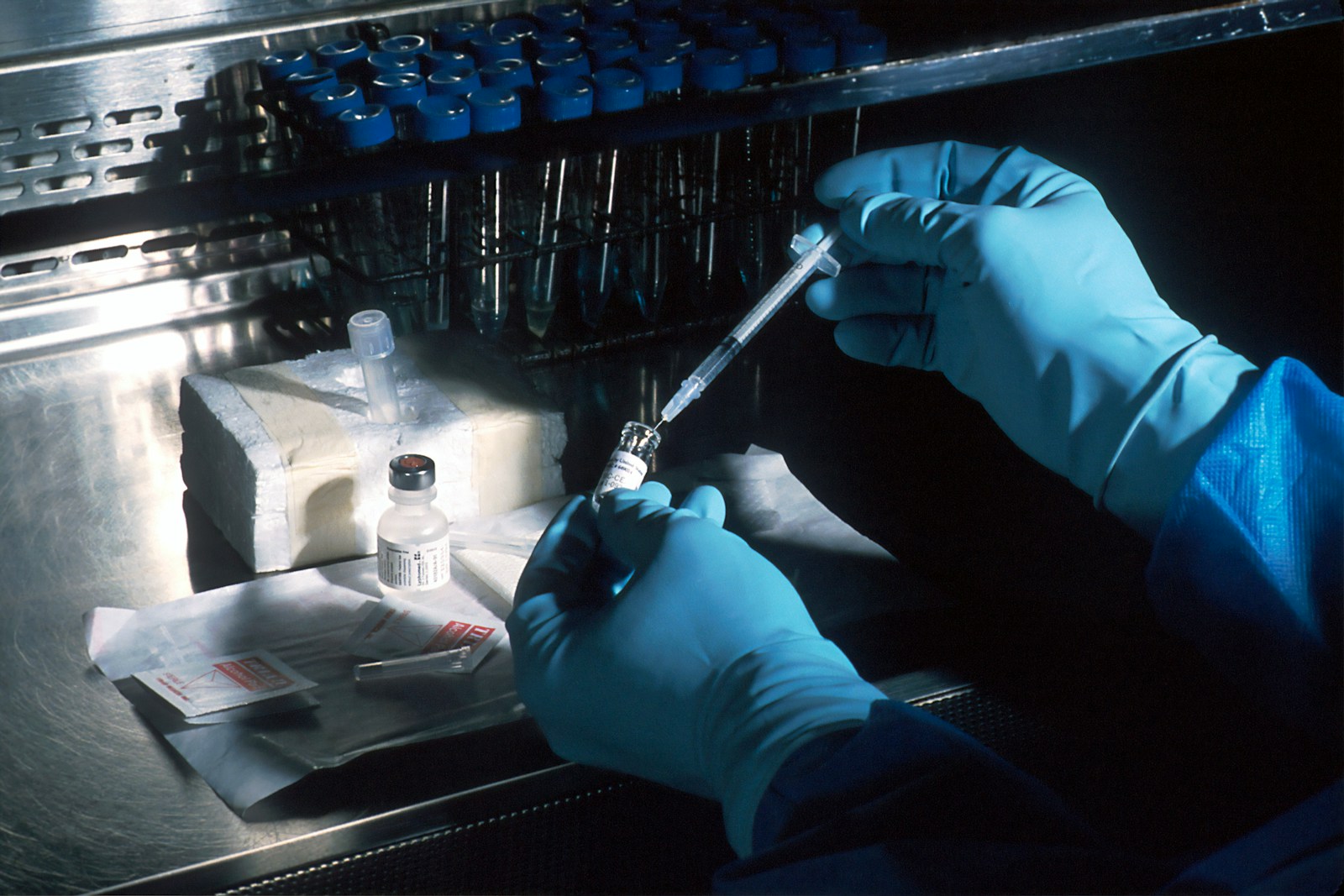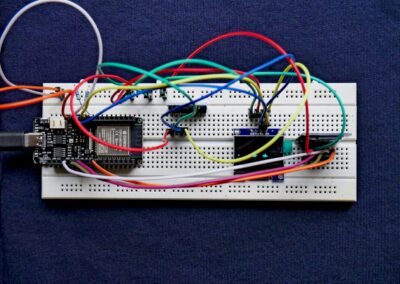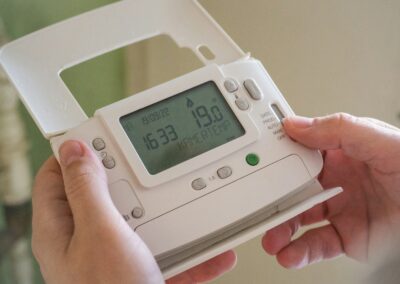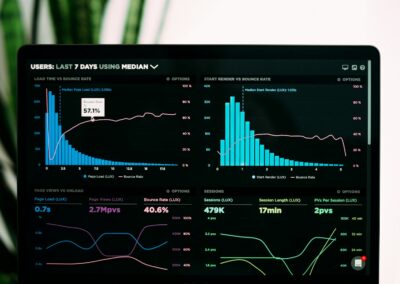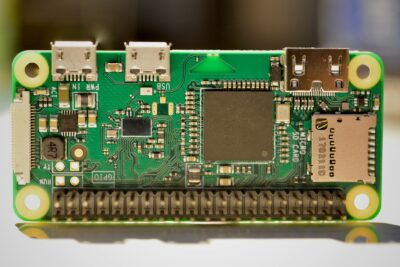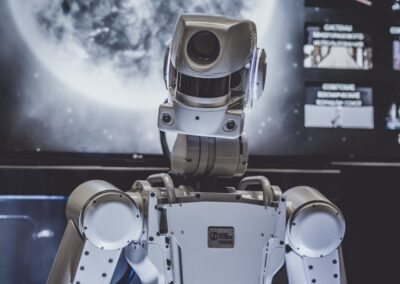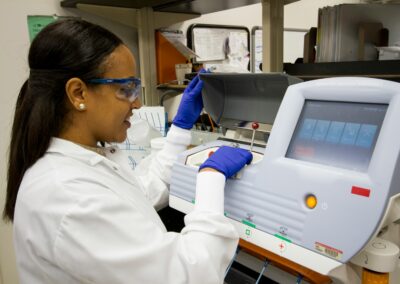Revolutionizing Legacy Systems with IoT Integration
Enhanced Data Collection with IoT in Legacy Systems
The integration of IoT in legacy systems for improved data collection marks a significant leap forward for many businesses, particularly in technologically progressive regions like Saudi Arabia, the UAE, Riyadh, and Dubai. Traditional data collection methods often relied on manual inputs and periodic updates, which were prone to errors and lacked real-time insights. However, IoT technology offers continuous and automated data collection, drastically enhancing the accuracy and timeliness of the data gathered.
In industrial sectors, for instance, legacy systems often operate critical machinery and infrastructure that require constant monitoring to maintain efficiency and prevent failures. IoT sensors can be retrofitted onto these legacy systems to continuously monitor parameters such as temperature, pressure, and vibration. This real-time data collection allows for immediate detection of anomalies, enabling predictive maintenance and reducing downtime. By moving away from manual inspections and periodic data logging, businesses can ensure more accurate and comprehensive data collection, ultimately leading to improved operational efficiency.
Moreover, IoT-enabled data collection provides a granular level of detail that was previously unattainable. For example, in the energy sector, smart meters integrated into legacy power grids can track energy consumption patterns in real-time, providing utilities with detailed insights into usage trends and enabling more efficient energy distribution. This level of detailed data collection not only enhances operational decisions but also supports strategic planning and resource optimization.
Improved Data Analysis and Decision-Making
The use of IoT in legacy systems not only improves data collection but also significantly enhances data analysis capabilities. Traditional methods often involve manual data aggregation and analysis, which can be time-consuming and prone to inaccuracies. IoT technology, on the other hand, automates these processes, providing real-time data analytics that support quicker and more informed decision-making.
In smart cities like Dubai and Riyadh, IoT integration in legacy infrastructure systems facilitates advanced data analysis for urban management. IoT sensors embedded in transportation networks, for instance, can collect and transmit data on traffic patterns, vehicle speeds, and congestion levels. This data can be analyzed in real-time to optimize traffic flow, reduce congestion, and improve public transportation efficiency. The ability to analyze large volumes of data quickly and accurately enables city planners to make data-driven decisions that enhance urban living.
Additionally, the integration of AI (Artificial Intelligence) and machine learning with IoT data analytics further amplifies these capabilities. AI algorithms can identify patterns and trends within the data that may not be immediately apparent through manual analysis. For example, in the healthcare sector, IoT devices can monitor patient vital signs and transmit the data to AI systems that analyze it for early warning signs of health issues. This proactive approach to data analysis can lead to earlier interventions and better patient outcomes, showcasing the transformative potential of IoT in legacy systems.
Driving Business Success with IoT-Enhanced Legacy Systems
Optimizing Operations and Reducing Costs
Integrating IoT in legacy systems is a strategic move that drives business success by optimizing operations and reducing costs. In competitive markets like Saudi Arabia and the UAE, where efficiency and innovation are key, IoT technology offers a way to modernize existing infrastructure without the need for costly overhauls. By enhancing legacy systems with IoT capabilities, businesses can achieve operational excellence and maintain a competitive edge.
For instance, in manufacturing, IoT sensors can monitor production lines and machinery to detect inefficiencies and potential issues. This real-time monitoring allows for immediate corrective actions, reducing waste and improving overall productivity. The data collected can also be used to optimize production schedules and maintenance plans, further reducing operational costs. By leveraging IoT technology, manufacturers can enhance the performance of their legacy systems and achieve significant cost savings.
Moreover, IoT integration can lead to more sustainable operations by enabling better resource management. In the agricultural sector, for example, IoT sensors can monitor soil moisture levels, weather conditions, and crop health. This data helps farmers make informed decisions about irrigation, fertilization, and pest control, leading to more efficient use of resources and higher crop yields. By improving the sustainability of their operations, businesses can reduce costs and contribute to environmental conservation.
Future-Proofing Legacy Systems
Looking ahead, the integration of IoT in legacy systems is essential for future-proofing business operations and staying ahead of technological advancements. As industries continue to evolve, the ability to incorporate new technologies into existing systems is crucial for long-term success. IoT technology provides a flexible and scalable solution that allows businesses to adapt to changing market demands and technological innovations.
In smart cities like Riyadh and Dubai, future-proofing legacy infrastructure with IoT ensures that these cities can continue to grow and thrive in the digital age. IoT integration supports the development of smart grids, intelligent transportation systems, and connected public services, creating a more efficient and responsive urban environment. By investing in IoT-enabled legacy systems, cities can enhance their resilience and adaptability, positioning themselves as leaders in smart city innovation.
For businesses, future-proofing legacy systems with IoT means staying competitive in a rapidly changing landscape. IoT technology enables continuous improvement and innovation, allowing businesses to leverage data-driven insights to refine their strategies and operations. By embracing IoT, businesses can ensure that their legacy systems remain relevant and effective, supporting long-term growth and success.
Conclusion
In conclusion, the integration of IoT in legacy systems offers substantial benefits in terms of improved data collection, enhanced data analysis, and optimized operations. For businesses and cities in Saudi Arabia, the UAE, Riyadh, and Dubai, leveraging IoT technology is crucial for driving innovation, reducing costs, and future-proofing their operations. As IoT continues to evolve, its role in transforming legacy systems will only grow, providing new opportunities for efficiency, sustainability, and competitive advantage. By investing in IoT-enabled legacy systems, stakeholders can unlock the full potential of modern technology and achieve greater success in their respective fields.
—
#IoTLegacySystems #ImprovedDataCollection #SmartDataAnalysis #BusinessIntelligence #ModernTechnology #OperationalEfficiency #SaudiArabia #UAE #Riyadh #Dubai




